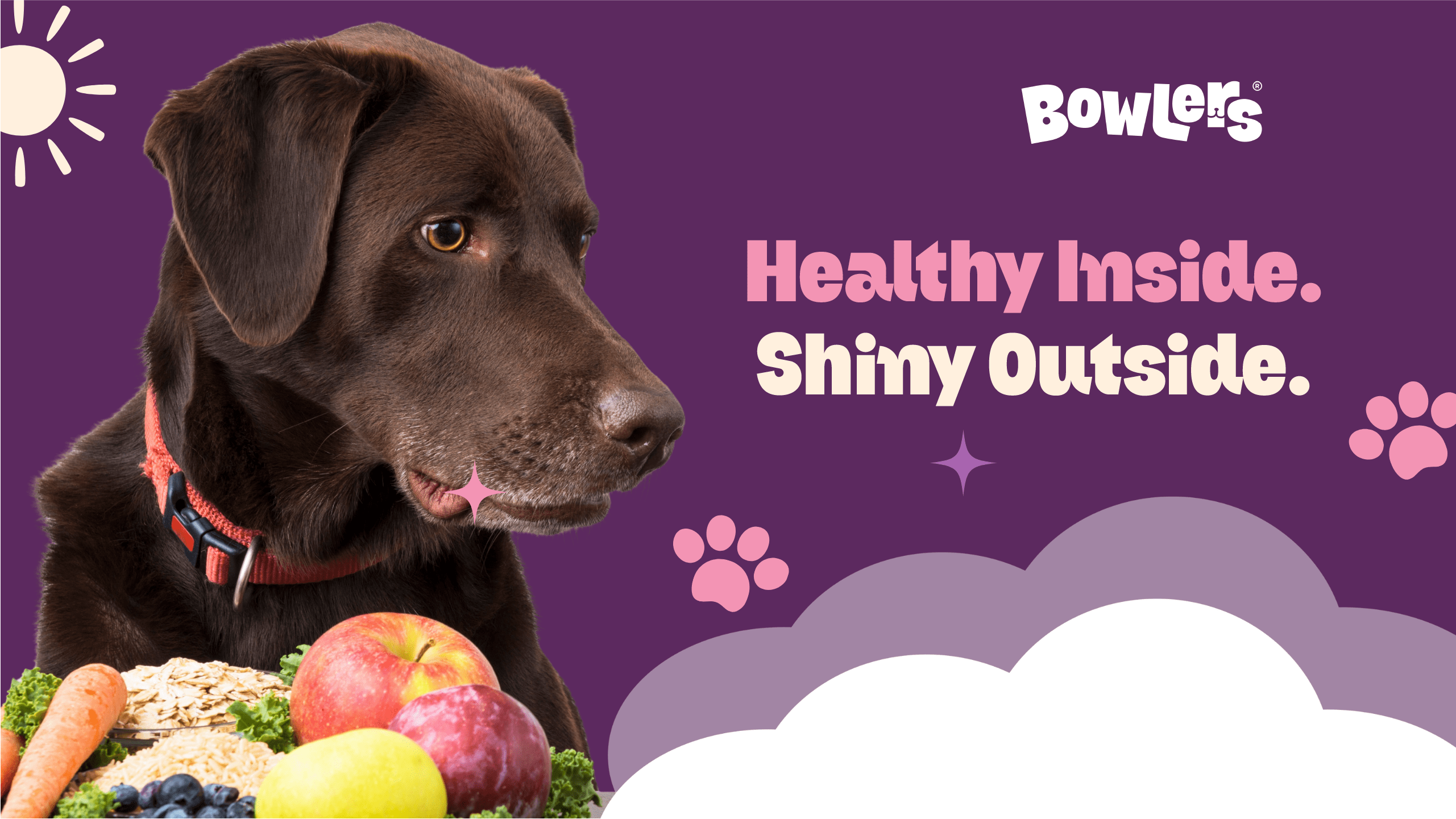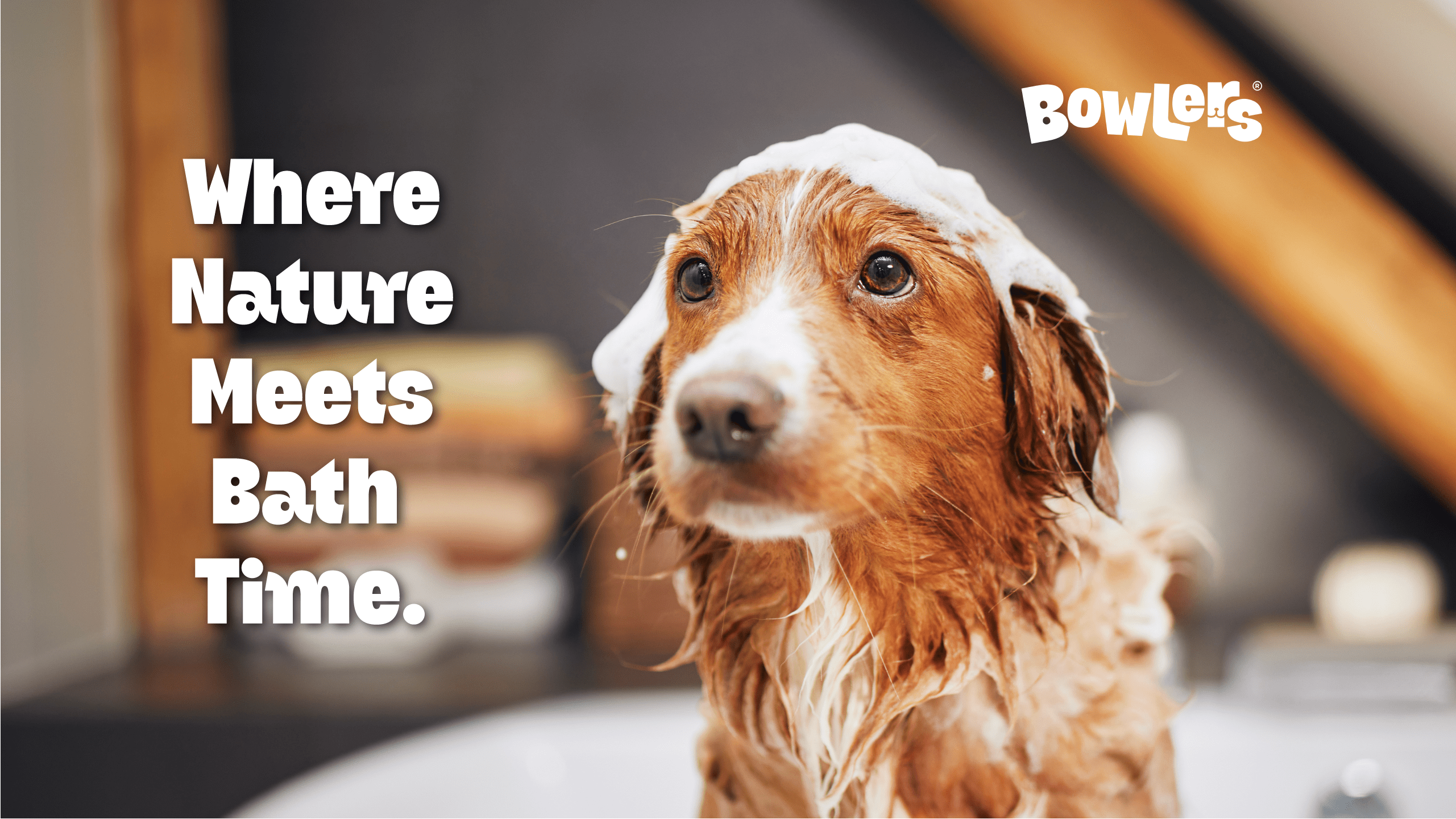How to Create a Safe Backyard for Dogs to Play

Table of contents
- Think Like Your Dog
- Secure the Boundaries
- Choose Dog-Safe Plants and Landscaping
- Provide Shade and Shelter
- Keep Tools and Chemicals Out of Reach
- Pick the Right Toys and Play Gear
- Keep Water and Pool Areas Safe
- Protect Against Wildlife and Bugs
- Add Lighting for Nighttime Safety
- Maintain and Monitor Regularly
- Keep Your Dog Healthy and Active
- Final Thoughts: Building a Safe & Happy Haven for Your Dog
- FAQs: Creating a Safe Backyard for Dogs
If your dog could choose a favorite place on earth, it would probably be your backyard. It’s where they chase butterflies, roll in the grass, and guard the territory from every passing bird. But what looks like a safe and open space to you might actually hide a few unseen dangers for them.
Creating a backyard that’s both fun and safe doesn’t require major changes. It just takes some thoughtful planning, observation, and a little maintenance. From secure fences to pet-safe plants, here’s how you can turn your outdoor space into your dog’s personal playground.
Think Like Your Dog
Start by viewing your yard from your dog’s perspective. Get down to their level and notice what they might see, smell, or want to explore.
An open gate gap, the tempting scent of fertilizer, or a sharp garden tool left behind might seem harmless to you but could be dangerous for your pet. This small exercise helps you identify potential risks before they become accidents.
It’s the outdoor version of dog-proofing your home, just like how you’d secure cords and cleaning products indoors.
👉 Related read: [How to Dog-Proof Your Home Room by Room]
Secure the Boundaries
Even the most obedient dogs can wander off when curiosity strikes. A sturdy fence is your first line of protection.
Fence Safety Checklist:
- Height matters. For small breeds, a 4-foot fence is enough. For larger or athletic dogs, aim for at least 6 feet.
- Fill any gaps or loose boards where your dog could squeeze through.
- If your dog loves to dig, bury the fence base at least 12 inches deep or add a mesh barrier.
- Avoid sharp wire fences that might injure paws or muzzles.
If fencing isn’t possible, a secured tie-out area in a shaded spot can work but only for short durations and under supervision.
Choose Dog-Safe Plants and Landscaping
A beautiful garden can still be safe for your dog. Many ornamental plants, though, can be toxic if chewed or swallowed.
Avoid These Plants:
Sago palm, lilies, oleander, azalea, and ivy.
Instead, opt for dog-friendly plants like marigolds, bamboo, and sunflowers.
Also, skip cocoa mulch. It smells like chocolate and can be just as toxic. Pine or cedar mulch is a safer alternative.
👉 Read next: [Common Household Items That Are Toxic to Dogs]
Provide Shade and Shelter
Dogs can easily overheat, especially during the summer. Your backyard should have comfortable shaded areas where they can cool down and rest.
You can:
- Set up a canopy or garden umbrella.
- Plant trees or shrubs for natural shade.
- Add a doghouse or covered crate for extra shelter.
Always keep fresh, cool water in a spill-proof bowl. For additional comfort, a small splash pool or cooling mat can make warm days more enjoyable.
Keep Tools and Chemicals Out of Reach
If you garden or store products outdoors, ensure they’re kept in a safe place. Many lawn fertilizers, insecticides, and cleaning supplies can be toxic if licked or walked on.
Safety Tips:
- Store tools and chemicals in a locked shed.
- Clean up any spills immediately.
- Choose pet-safe fertilizers and repellents.
- Unplug outdoor electrical tools after use.
These simple precautions prevent serious health risks similar to keeping your dog safe from indoor cords and appliances.
👉 Related guide: [Electrical Cord and Appliance Safety for Dogs]
Pick the Right Toys and Play Gear
Outdoor play should be exciting and enriching, but safety comes first. Not all toys are meant for outdoor conditions, as sunlight and moisture can make them brittle or unsafe.
Playtime Tips:
- Use sturdy rubber toys large enough that they can’t be swallowed.
- Avoid tennis balls for heavy chewers since the outer coating can wear down teeth.
- Rotate toys weekly to keep play sessions interesting.
- Add small agility setups like tunnels or ramps if space allows.
With the right setup, your backyard can feel like a private dog park, fun, active, and completely safe.
Keep Water and Pool Areas Safe
If you have a pool or pond, it’s important to make it dog-safe. Even confident swimmers can panic if they can’t find a way out.
Water Safety Tips:
- Install a pool fence or sturdy cover.
- Add a shallow ramp for easy exit.
- Never allow drinking from chlorinated or stagnant water.
- Supervise outdoor water play at all times.
Clean water and safe swimming spaces go hand in hand with good dog home safety habits.
Protect Against Wildlife and Bugs
Backyards often attract wildlife like rodents, snakes, or stray cats, as well as insects such as ticks and mosquitoes. These can transmit diseases or cause bites.
Keep the grass trimmed, dispose of food waste properly, and seal garbage bins. Speak to your vet about regular flea, tick, and mosquito prevention treatments especially if your dog spends long hours outdoors.
👉 Read more: [Preventing Accidents with Stairs and Balconies for Dogs]
Add Lighting for Nighttime Safety
Evening playtime can be fun, but poor lighting increases the risk of tripping or losing sight of your dog.
Soft garden lights or solar path lamps can improve visibility. Reflective collars or LED tags also make it easier to keep track of your dog in low light, keeping them safe after sunset.
Maintain and Monitor Regularly
A safe backyard requires regular upkeep. As seasons change, fences shift, toys wear out, and new plants grow. Set aside time once a month to walk through and assess the space.
Maintenance Reminders:
- Inspect fences and gates for gaps.
- Replace damaged toys.
- Clean up fallen debris.
- Refill water bowls and check for pests.
Consistent maintenance ensures your dog’s outdoor space remains safe and inviting all year long.
Keep Your Dog Healthy and Active
A healthy dog is a safe dog. Strong muscles, sharp reflexes, and good energy levels help prevent accidents. Nutrition plays a key role in maintaining this balance.
Feeding your pet a wholesome, natural diet — like Bowlers — supports immunity, joint strength, and stamina. A dog that feels good is more alert, confident, and ready to explore safely every day.
Final Thoughts: Building a Safe & Happy Haven for Your Dog
Your backyard should be your dog’s favorite place to play, relax, and explore without worry. With thoughtful planning, safe plants, and proper boundaries, you can turn it into a true paradise for your furry companion.
Creating a dog-friendly backyard isn’t about perfection, it’s about awareness and care. By making small adjustments, staying consistent with safety checks, and keeping your dog’s well-being at the center of it all, you’ll build a space where every wag, run, and nap is pure joy.
FAQs: Creating a Safe Backyard for Dogs
What’s the ideal fence height for dogs?
At least 4 feet for smaller breeds and 6 feet or higher for larger or more active dogs. Always check for loose panels or digging spots.
Which backyard plants are safe for dogs?
Marigolds, sunflowers, rosemary, and bamboo are safe options. Avoid lilies, ivy, and oleander.
Can dogs play outside in hot weather?
Yes, but only in shaded areas during cooler hours. Keep water available and avoid the midday heat.
How can I keep pests away safely?
Use natural repellents like neem or citronella instead of harsh chemicals. Keep grass trimmed and dispose of yard waste regularly.
Is it safe to leave my dog unsupervised in the backyard?
Even with a fence, supervision is best. Stay alert, especially if your dog likes to dig, jump, or chew.


